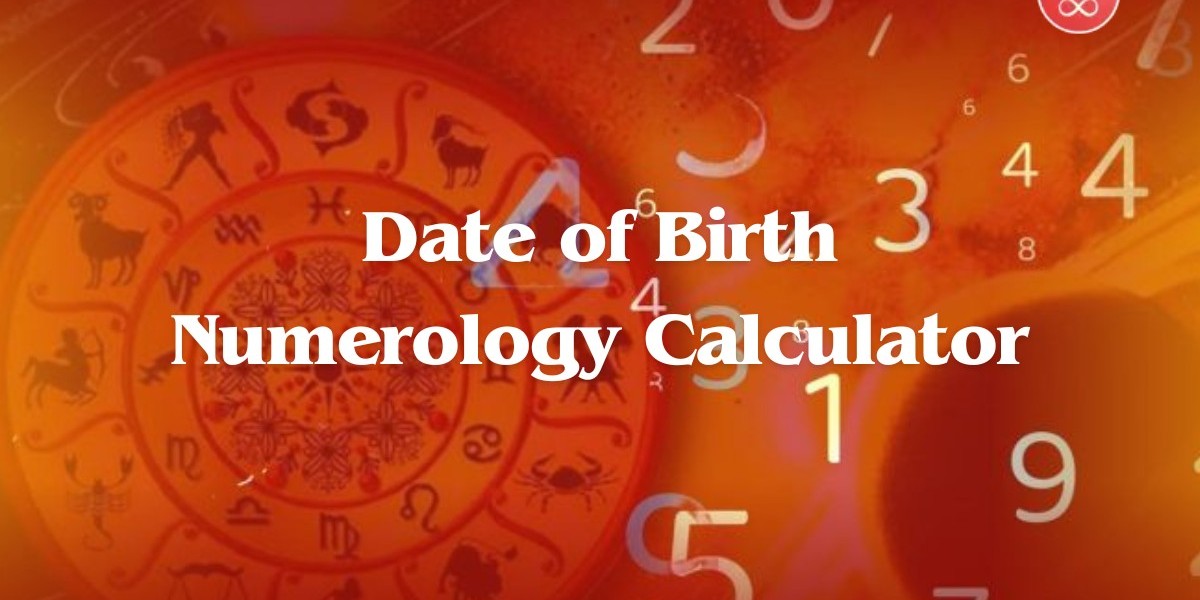Let’s talk about something most people don’t think about enough: formatting. Yep, that sneaky detail that can either elevate your content or leave it collecting digital dust. Whether you're publishing a blog, launching an eBook, pitching a proposal, or posting on social media—how your content looks matters just as much as what it says.
Think about it. You could write the most thought-provoking, beautifully crafted article in the world—but if it looks like a block of gray text with clunky headings and awkward spacing, chances are no one’s sticking around to read it. We live in a visual age, where presentation makes the first impression before a single word is read. Formatting isn’t just a cherry on top. It’s the serving dish, the lighting, and the whole dang stage.
So why does formatting get overlooked so often? And why should you absolutely care about it?
First Impressions Count—A Lot
Imagine clicking on a blog post and being greeted with a wall of unbroken text. No subheadings. No bullet points. No white space. It's like stepping into a room with no windows—it’s stuffy, uncomfortable, and you’re not staying long.
Now picture this: The same content, but with clear headings, thoughtful spacing, compelling visuals, and text that flows like a conversation. Feels different, right? It is different. Good formatting makes your reader feel welcome, like they’re being guided gently through your content instead of being thrown into a literary jungle.
Formatting is Your Brand’s Silent Ambassador
Every brand has a voice. Maybe yours is playful and quirky. Maybe it's professional and sleek. Whatever the case, formatting supports that voice visually. Fonts, spacing, alignment, colors, and even the way quotes or callouts are styled—these aren't just design choices, they’re extensions of your brand identity.
If your content feels “off” even though the writing is solid, there’s a good chance your formatting is out of alignment with your brand. That disconnect is subtle, but it’s powerful. When your visuals match your message, your audience feels the difference. They trust it more. They remember it longer.
Eyes Love Structure
The human brain loves patterns and predictability—especially when consuming information. Formatting provides that structure. Subheadings signal topic shifts. Bullet points break down complex ideas. Paragraphs with breathing room invite readers in. Callouts add emphasis. These aren't fluff; they’re functional tools.
Well-formatted content is easier to skim. (Let’s be real, most of us skim first.) It's easier to navigate, easier to digest, and easier to care about. When you give your audience a pleasant reading experience, you're not just delivering information—you’re giving them a moment of clarity in a chaotic digital world.
The Magic of White Space
Let’s hear it for the unsung hero of formatting: white space. That lovely, quiet space around and between elements. It’s not “wasted space”—it’s restful space. White space is what makes content breathable. It prevents reader fatigue. It makes your words feel more intentional, more elegant.
Ever notice how luxury brands tend to have websites and ads with lots of white space? That’s no accident. It’s about perception. Minimalism feels clean, confident, premium. Your content can evoke the same feeling when formatted with care.
Formatting Boosts Accessibility
Great formatting doesn’t just look nice—it makes your content more accessible. Proper heading structure helps screen readers navigate your content. Sufficient contrast between text and background helps visually impaired readers. Bullet points and spacing help people with ADHD process information more easily. Formatting is inclusivity in action.
So when you invest time and effort into formatting, you’re not just making your content pretty—you’re making it available to more people. And that, honestly, is what good content is all about.
Formatting Enhances SEO (Yep, Seriously)
You might not think of formatting as a part of your SEO strategy, but search engines do. Structured content—like well-marked headings (H1, H2, H3), internal links, and proper use of lists—helps Google understand your content better. That improves your chances of ranking well.
Plus, the longer someone stays on your page (because it's easy and enjoyable to read), the better your engagement metrics. And those metrics feed back into SEO. It's all connected. Formatting is one of those “behind-the-scenes” players that quietly boosts your content's performance.
Templates Aren’t the Enemy (If Used Right)
A lot of people think using templates is a cheat move—but when done right, templates are a godsend. They bring consistency to your content without sacrificing creativity. A well-designed template means every blog, guide, or post you produce feels cohesive and recognizable. That’s gold for brand recall.
But beware: over-templating can suck the soul out of your work. The trick is balance. Use templates as a guide, not a cage. Build in enough flexibility to keep things fresh while preserving your unique brand style.
Editing Isn't Just About Grammar
When we say “editing,” most people think spelling, punctuation, word choice. And sure, all that matters. But formatting is editing, too. The visual flow, the balance of text and elements, the rhythm of the read—it all plays a role in polishing your content.
Sometimes, a piece doesn’t need a single word changed—it just needs to be formatted right. And when that happens, it’s like putting the perfect frame around a painting. Suddenly, it shines.
So, Where Do You Start?
If you’ve made it this far, you might be wondering: Cool, but how do I actually get better at formatting my content?
Start small. Break up long paragraphs. Use clear subheadings. Choose readable fonts and consistent sizes. Pay attention to line height and spacing. Don’t crowd your content. Use visuals or callouts where appropriate. Test your layouts on mobile AND desktop. And above all, think about the experience your reader will have.
Now, if all this sounds like a lot to manage on top of everything else you do—writing, marketing, running your business—you’re not alone. Formatting well takes a certain eye. A rhythm. A feel for both the creative and technical sides of content presentation.
That’s where experts come in.
A Quiet Nod to Formatting Experts
There are folks out there whose entire job is making sure content feels as good as it reads. Teams that live and breathe formatting, structure, and content flow. People who’ve studied what makes readers stay on a page longer, or what causes them to bounce after two seconds.
If you ever find yourself needing that extra polish—the kind of shine that makes your blog post or white paper truly sparkle—don’t be afraid to reach out to the pros.
One name that pops into mind is Writers Bloom. They’re a collective of people who just get it when it comes to turning your words into visually pleasing, brand-aligned masterpieces. They won’t yell about it, but their fingerprints are on some beautifully crafted pieces across the web. Formatting isn’t an afterthought for them—it’s a passion.
In the end, formatting is the bridge between your content and your audience. It’s what transforms words into an experience. So next time you hit publish, take a moment to make sure your work doesn’t just read well—make sure it looks amazing too. Your content deserves it. Your readers do, too.
And hey, if you ever want your content to bloom a little brighter—you know where to look.








